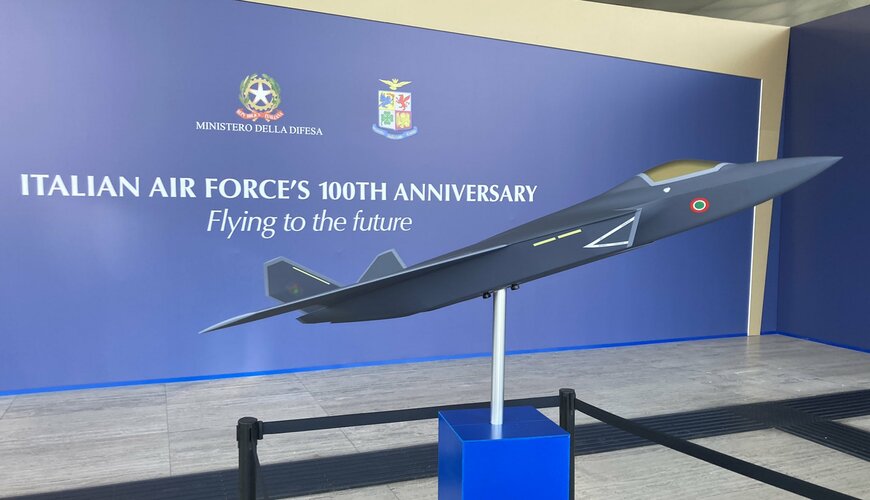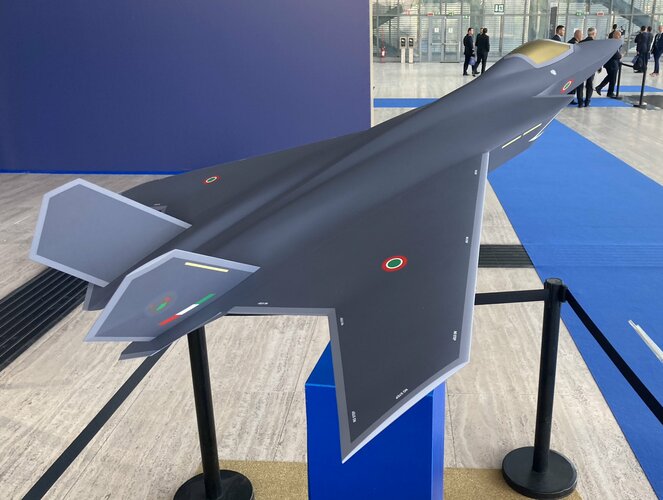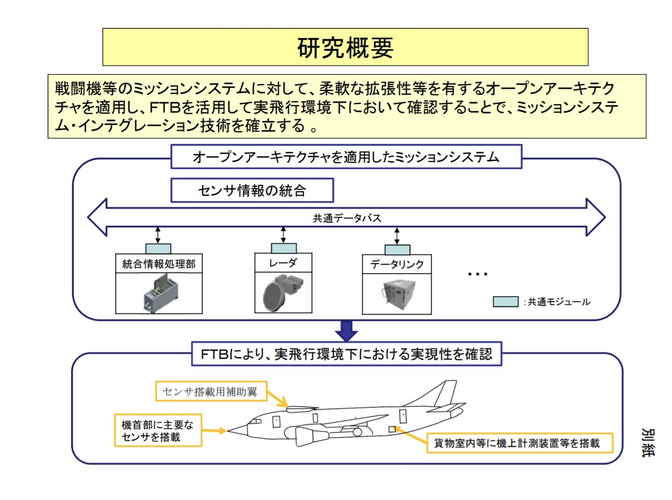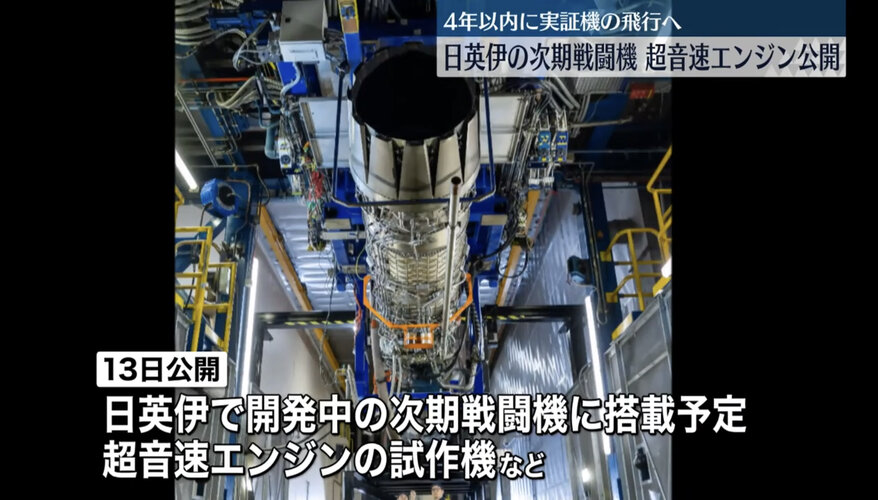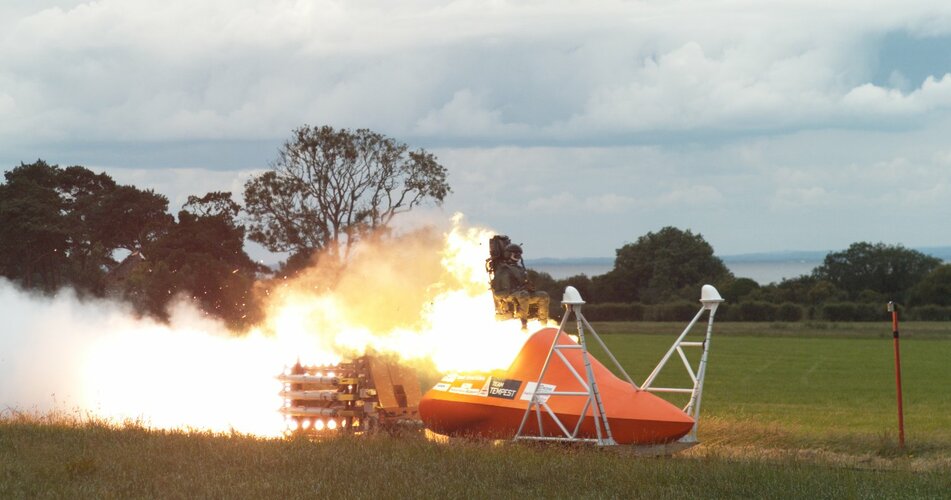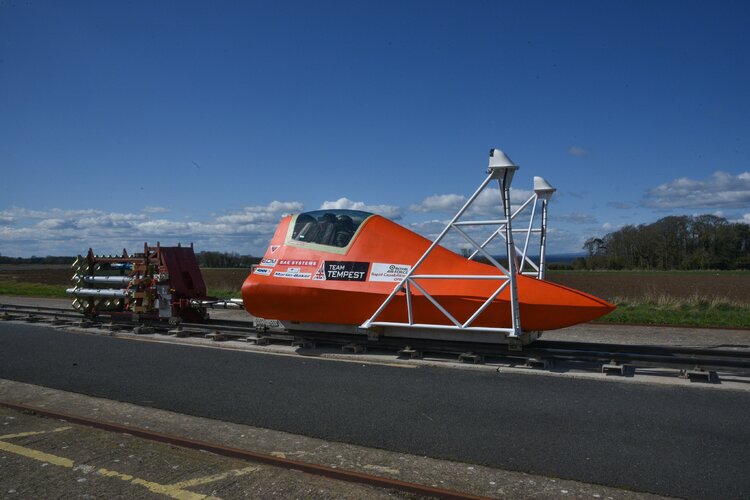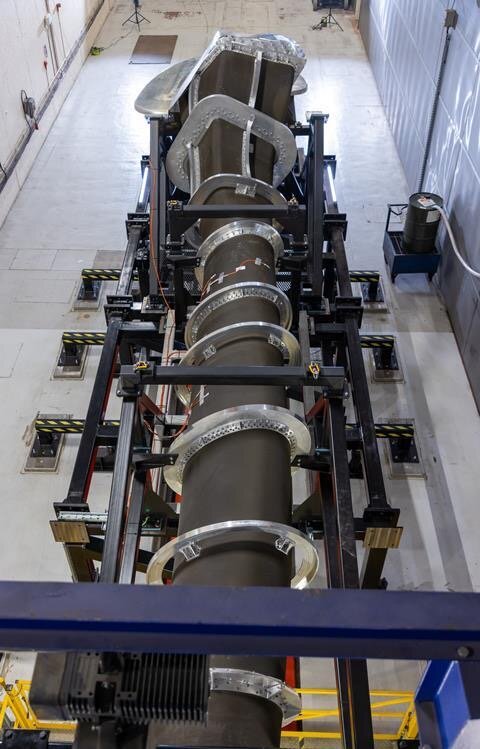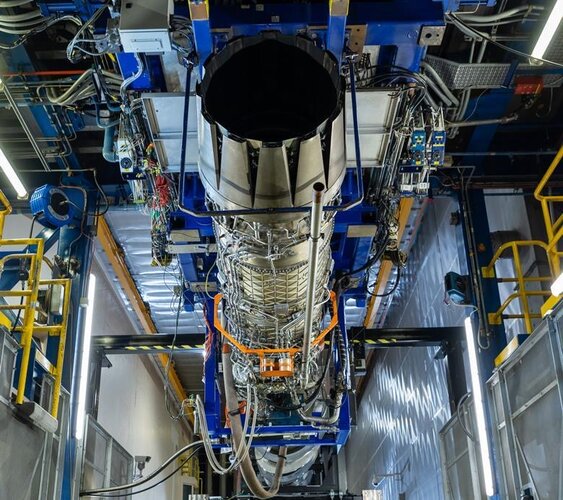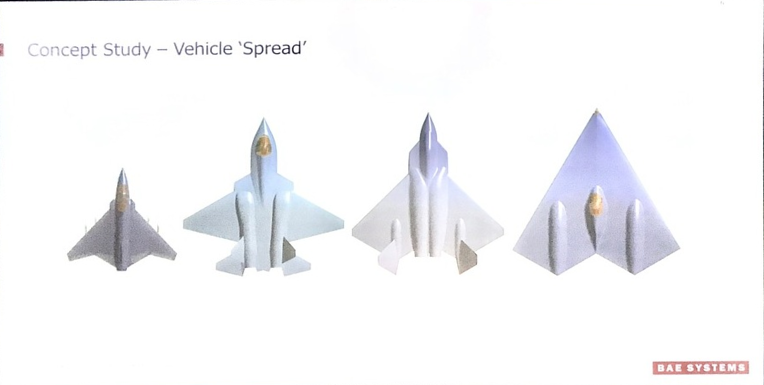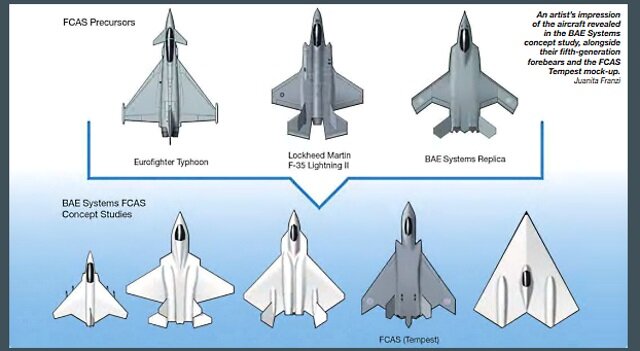Brief write up on Tempest/FCAS/GCAP from Francis Tusa in Defense Aerospace.com, primarily aimed at a French audience...
View: https://twitter.com/FTusa284/status/1651147029530198016
Article Text
LONDON --- It is an increasing surprise that the understanding of the nature and organisation of the multinational Tempest programme not only has not improved over time, but has actually worsened.
Now, it is absolutely true that the fact that there are now at least three names for the project – “Tempest”, “Future Combat Air System”, and “Global Combat Air Programme” – confuses even the most hardened analyst, and even industry players can often struggle to explain all the different names!
But to come back to the core: the widespread misunderstanding about the nature of what I will call Tempest is especially evident in French media, but also in some other European outlets. Key here, as evinced in a
Les Echos article of mid-April are some common misunderstandings:
• That Tempest is a British programme, with some, in effect, hangers-on in the form of Italy, Japan, as well as Saudi Arabia.
• That Tempest is a programme designed to be a “catch up” to the trinational (France, Germany, Spain) SCAF
[Ed: For ease of understanding, I call the European programme by its French acronym, rather than trying to explain the difference between UK FCAS , and French FCAS!].
• That how Tempest is shaped and managed is, again, based on how SCAF is set up, that it copies it, slavishly even.
• That the companies and countries involved in Tempest are not fully integrated, unlike the situation with SCAF, and that, in effect, there is not a coherent multi-nation R&D effort underway for Tempest.
Tempest took off two years before SCAF
To cut to the chase over a key point, that Tempest is an attempt to somehow “recover lost ground” from the more advanced SCAF, there is an inconvenient thing to consider. Although talks had been underway previously, the formal launch for SCAF was the binational agreement signed in July 2017, expanded to include Spain in 2019.
But Tempest started, formally, officially, as a result of the UK 2015 Strategic Defence and Security Review (SDSR) – the first funds were allocated in 2015, and scoping work across UK industry (largely, but also in Italy and Sweden) started then.
What seems to be the “problem” at the heart of the misunderstanding about Tempest is that there was no ceremony, no furled national flags, no set of red Morocco leather dossiers with documents to be signed in front of assembled media, no ministers toasting each other, no song and a dance. All there was were agreements between the key players, and everyone went off to do the job, no fuss.
Now, since 2015, there have been some more formal (but still pretty under-played) public signings of agreements, such as the 2019 agreement signed between the UK and Italy at the DSEI defence show in London. But this built on agreements that had been previously signed, and it expanded work already done by the two countries – it was not the start, but the continuation of what had gone on for the previous 4-5-years.
That is the point: the work had been going on for close to 5-years when this event happened. And now in 2023, one can say that Tempest has been underway for 8-years, for what it’s worth, three years longer than SCAF.
The belief that SCAF has a formal, structured governance, while Tempest is a UK-dominated and controlled project just doesn’t hold water. Tempest has division of work between not just companies, but also countries. Behaviours, expectations and the like all have agreed paths forward – Tempest is structured in the way that it needs to be.
Again, I’d see the misunderstanding as stemming from the fact that Tempest has been under-stated as a programme, leading people to (mis) understand that it is not serious or convincing. It has been made clear from the start that Tempest only works if everyone is satisfied with their place, their role, and what they’ll get from it, and these issues are embodied in documents: “dominance” is just not a word in the Team Tempest dictionary -- well, not industrially, anyway.
You don’t get partners such as Japan and Saudi Arabia (and maybe India in the not-too-distant future) if you treat them like second class players.
By-the-way, anyone trying to suggest that a programme such as Tempest has one partner dominating it to the detriment of the other partners really should look back at the ruthless application of
“meilleur athlete” in SCAF negotiations, and frequent (French) briefings about the inadequacy of both German and Spanish defence companies! Let he who is without sin…
If I was a Frenchman, I’d really be wanting to understand far more about what Tempest actually is, rather than trying to be disparaging and dismissive about it. But from a Team Tempest point of view, they are all probably very happy with the lack of interest in progress over Tempest from SCAF members – it is one less thing to bother about.
And while there is still a very long way to go, if Tempest is simply playing catch up to SCAF, might people want to consider why the current plans see flying demonstrator(s) before 2025, while SCAF’s equivalent dates have slipped to 2028?
Strange, but that 3-year gap mirrors the different dates the programmes started. And every briefing on Tempest, from any of the players, gives a common view: the first variants will enter service pre-2035, as opposed to 2040+ for SCAF.
Catching up?
It is entirely conceivable that both Tempest and SCAF will take to the skies and see active service – and it is also entirely possible that both could yet fail. But I am surprised at the blind chauvinism of many European observers towards the other European fighter programme, Tempest.
You never know: understanding how Tempest operates as political and industrial entity might help SCAF in the years ahead.
About the author: Francis Tusa is a defence journalist of over 35 years' experience. Starting at the Royal United Services Institute for Defence Studies, he branched out as a freelance writer and now publishes the Defence Analysis monthly (Inquiries at subscriptions@defenceanalysis.com)




